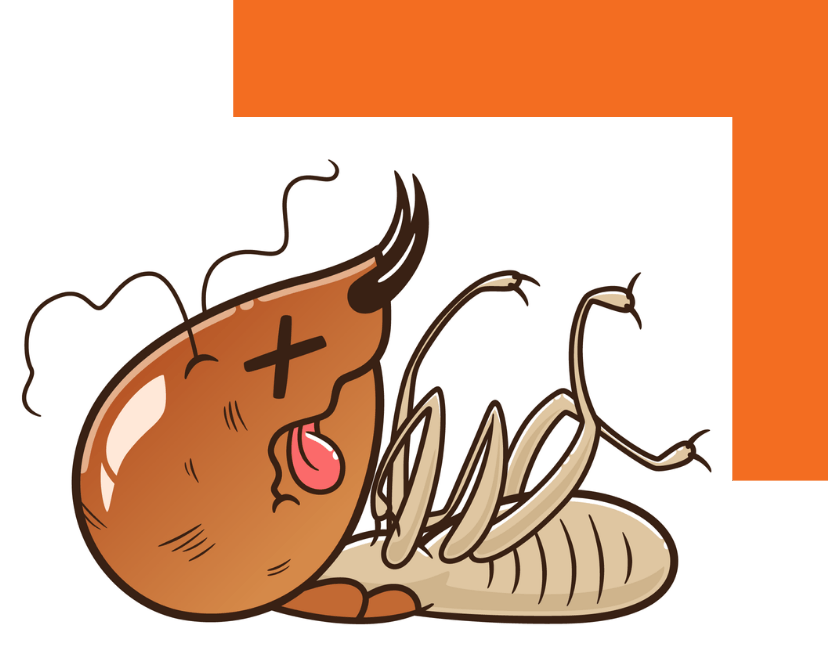Termites
You most likely know one thing about termites: that they eat wood. But did you also know that they don't sleep? Twenty-four hours a day, seven days a week, they tirelessly build colonies throughout their entire lives. These colonies, most especially mature ones, require constant feeding. If that is not bad enough, a well-tended to and fertile queen can live for over twenty years. Her offspring will branch out and create colonies of their own close by. If this scourge is sharing your home or commercial property with you, action to protect your property from damage should be immediate.
There are three ecological groups of termites: Dampwood, Drywood, and Subterranean. The subterranean is the most damaging among the three groups as they can cause extensive damage to buildings and wooden structures. The regions across Missouri and Illinois are natural habitats to both the Subterranean and Drywood termites. If you are a homeowner or having a home built, you should put in place an effective prevention and control program.
Drywood Termites usually live within walls and furniture, and subterranean are underground dwellers. This is why they are likely to be undetected until they've caused serious damage to a home. In the United States alone, they infest approximately 600,000 residential homes annually, with a homeowner spending an estimated $3,000 to repair damages caused by termites. It is advisable to engage in pre-construction control when building your home
Pre-construction treatment involves treating the soil underneath the foundation and around the building when it is still under construction. This forms a chemical barrier between the soil and the foundation that repels termites, preventing them from entering the structure. It is imperative to point out that if any construction work is carried out in the treated area after the completion of a pre-construction treatment, the chemical barrier may be disturbed.
So, what if you didn't have a pre-construction treatment measure to protect your building? Don't worry; you can take advantage of the post-construction treatment measure as well. As the name implies, post-construction treatment is done after the construction and can be done after the building is already occupied. It involves the drilling of holes about ¾ inch wide through the floor of the building. Anti-termite chemicals are then injected into the soil beneath the building. After this, the holes are then covered with a sealant, returning the floor to the previous condition. With the amount of damage these tireless creatures cause, yearly inspections should be part of any home maintenance plan.
If you are about to embark on a construction project or think you may have a termite infestation, do not hesitate to contact Cardinal Insect & Pest Solutions. Licensed in Missouri and Illinois, we have the necessary expertise and experience to take care of your residential or business infestation. With us, it is easy to imagine a time when you won't have to worry about those tiny little pests anymore! Cardinal Insect & Pest Solutions is the most trusted pest control company in the St. Louis area, and we are happy to help. Call us today for a free estimate.


